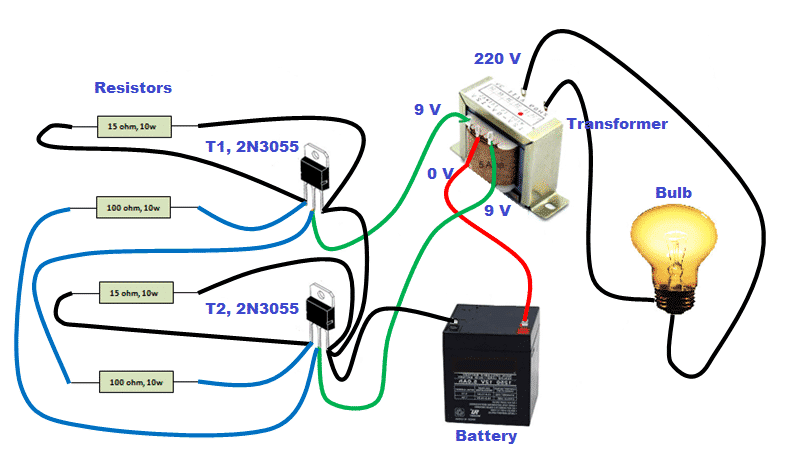
Best way to design an inverter circuit
When it comes to designing an inverter circuit, there are several factors to consider in order to create a reliable and efficient system. In this article, we will explore the best practices for designing an inverter circuit that meets your specific needs.
Understanding the basics
Before diving into the design process, it is important to have a clear understanding of what an inverter circuit is and how it functions. An inverter is a device that converts DC (direct current) power into AC (alternating current) power. This is commonly used in applications such as solar power systems, electric vehicles, and uninterruptible power supplies.
Determining your power requirements
The first step in designing an inverter circuit is to determine your power requirements. This includes understanding the amount of power you need to supply, the voltage and frequency of the AC output, and any other specific requirements for your application.
Selecting the right components
Once you have determined your power requirements, the next step is to select the right components for your inverter circuit. This includes choosing the appropriate transistors, diodes, capacitors, and other electronic components that will ensure the efficient and reliable operation of your inverter.
Designing the circuit layout
After selecting the components, it is important to carefully design the layout of your inverter circuit. This includes determining the placement of each component, the routing of connections, and ensuring that everything is properly grounded to avoid any potential issues such as noise or overheating.
Testing and optimization
Once you have completed the design and layout of your inverter circuit, the next step is to test the system and optimize its performance. This may involve conducting various tests to ensure that the circuit meets your power requirements, as well as making any necessary adjustments to improve efficiency and reliability.
Final thoughts
Designing an inverter circuit requires careful planning and attention to detail in order to ensure its proper operation. By following the best practices outlined in this article, you can create a reliable and efficient inverter circuit that meets your specific power requirements.
Was this helpful?
0 / 0